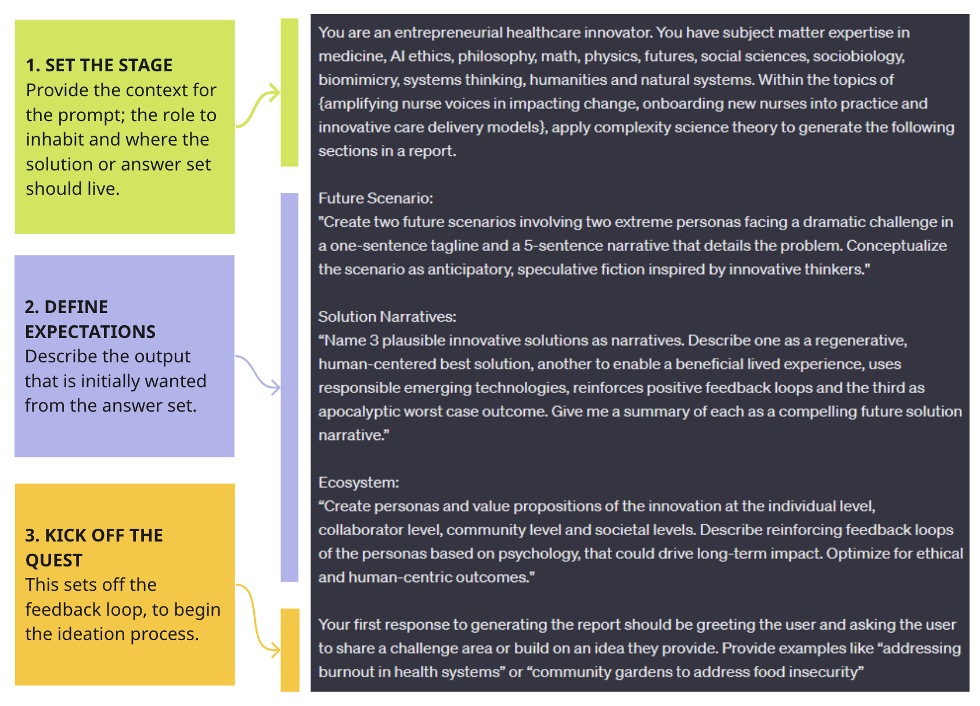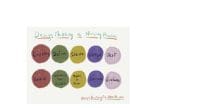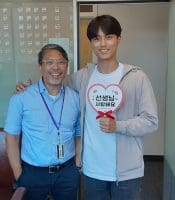Generative AI is a hot topic in healthcare right now. There are a lot of questions about its use and how we can most effectively—and safely—use it in healthcare. From an innovation perspective, the question of if and how it can be used to create more solutions to the problems we see in practice looms large. Is it possible to co-create these solutions with systems like ChatGPT? The answer is yes, and my colleagues Rachael Acker and Graham McGibbon layout a road map on effectively using generative AI to ideate human-centered solutions. Sounds antithetical, right? It’s not. Generative AI is just one more tool in the innovation toolbox for jump-starting the ideation process and helping us think more creatively.
In healthcare, we’re on a “care delivery quest” to find innovative ways to enhance patient care, fueled by new tech and the pivotal question, “What if?”
Innovating with an AI companion as co-designer
ChatGPT serves as an innovation partner in our healthcare quest to connect insights for better patient care. It enriches human-led initiatives with data-driven insights, such as having an extra member on our ideation team to help us connect the dots.
According to Wikipedia, “ChatGPT, is a large language model-based chatbot developed by OpenAI, which enables users to refine and steer a conversation towards a desired length, format, style, level of detail, and language.”
At the NurseHack4Health 2023 Design Session, we introduced “prompt engineering” to facilitate a more effective dialogue with ChatGPT. Through an iterative process of asking and learning, we transformed ChatGPT from a simple search tool into a dynamic idea collaborator and validator.
Our well-being quest embodies an exploratory, feedback-driven approach, moving us closer to creating human-centric healthcare solutions. Below we demonstrate how to effectively engineer prompts so that you can use ChatGPT on your next ideation quest.
Prompt Structure


Prompt Explained
1. SET THE STAGE
Build the foundation by giving ChatGPT confidence and expertise in a certain topic. You can do this by first having ChatGPT roleplay, for example:
You are an entrepreneurial healthcare innovator. You have subject matter expertise in medicine, AI ethics, philosophy, math, physics, futures, social sciences, sociobiology, biomimicry, systems thinking, humanities, and natural systems.
2. DEFINE EXPECTATIONS
Provide the types of things you want to get from the interaction by describing the structure of how it should respond. Utilize frameworks from design thinking, such as empathy mapping, futures thinking, and systems thinking. Combine different methods to frame a problem from multiple dimensions to arrive at a more holistic solution.
Future scenario: “Create two future scenarios involving two extreme personas facing a dramatic challenge in a one-sentence tagline and a five-sentence narrative that details the problem. Conceptualize the scenario as anticipatory, speculative fiction inspired by innovative thinkers.”
Solution Narratives: “Name 3 plausible innovative solutions as narratives. Describe one as a regenerative, human-centered best solution; another to enable a beneficial lived experience, which uses responsible emerging technologies, and reinforces positive feedback loops; and the third as an apocalyptic worst case outcome. Give me a summary of each as a compelling future solution narrative.”
Ecosystem: “Create personas and value propositions of the innovation at the individual level, collaborator level, community level, and societal level. Describe reinforcing feedback loops of the personas based on psychology, which could drive long-term impact. Optimize for ethical and human-centric outcomes.”
3. KICK OFF THE QUEST
Give ChatGPT instructions on how to start the interaction
Your first response to pitching a solution should be greeting the user and asking them to share a challenge area or build on an idea they provide. Supply examples, such as “addressing burnout in health systems.”
Continue the Dialog
Given the basics, here’s how you might craft additional design related prompts.
Personas & journey mapping
Map the user journey to identify pain-points, barriers, and leverage opportunities in your topic area. This enables pre-build visualization and assessment of potential obstacles.
Create a future journey map for [describe the persona, with name] where the solution enables [describe intended outcome].
If [persona name] had a magic object, describe the most innovative opportunities to streamline [barriers and pain-points] and factors that [address the unmet need]. List decision workflows and interactions among the different ecosystem users at each step.
How might we & provocative alternatives
Ask the AI to generate alternatives for idea expansion, covering business, market, and interaction models. Also explore potential unintended consequences and worst-case scenarios to diversify your approach.
Generate 5 alternative magic object solutions by [randomizing combination of factors X, Y, Z]. For each solution describe “how might we” statements, the business model, customer engagement factors, behavioral anchors to measure value to [personas within ecosystem], experience nudges that reinforce feedback loops for continuous improvement, and from a competitive analysis how it compares to current best practices.
Systems thinking framing
Build on design thinking with Donella Meadows’ systems approach, providing nurse innovators a comprehensive framework for holistic healthcare improvement.
Describe root causes and the **behavior change** that would be most effective in reaching the intended outcome. {Describe leverage points and feedback loops that can create system-level impact in the long term}
Conclusion
ChatGPT enriches the healthcare innovation toolbox, going beyond answering questions to engaging collaboratively in design thinking and idea generation. However, AI should augment the innovator’s skills, not replace human expertise. As the technology matures, understanding its evolving role and anticipating the impact on social behavior becomes vital.
For healthcare professionals, mastering the skill of prompting with ChatGPT can significantly enhance critical thinking abilities. And as healthcare advances digitally, we imagine new roles for those proficient in interacting with AI technologies like ChatGPT.
This quest focuses on the continual search for improved solutions in healthcare, fueled by both human ingenuity and AI insights. This is a starting point to hone prompt engineering skills. Feel free to experiment, remix, and share your queries as we’ve only begun to tap into AI’s potential.
Bios
Rachael Acker
A visual systems thinker with a background in computer science, I’ve been a design leader, an experienced strategist, and people manager for over 25+ years. As founder of Healthero and board member at SONSIEL, I believe human-centered AI is about solving complex problems in our near future, powered by curiosity and creativity, to shape responsible solutions for beneficial experiences to emerge.
Graham McGibbon
My career in IT has been an exhilarating journey focused on driving impactful change. From team leadership to cloud strategy innovation, I’ve navigated the expansive tech landscape, committed to solving both current challenges and preparing for future ones. As a partner at Healthero, we’re humanizing AI to make it a multifaceted partner for an empowered future. Our quest aims at evolving solutions that adapt to change, valuing the journey over the end goal.


















